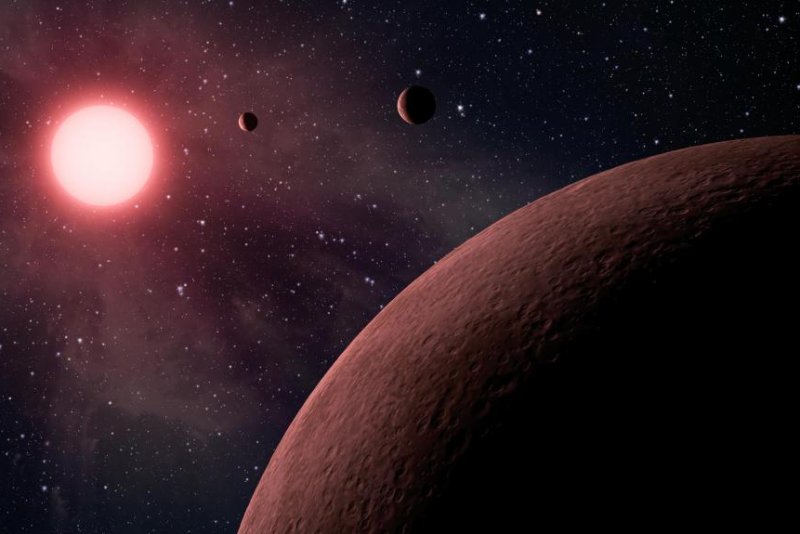New analysis of Kepler data has revealed 219 new exoplanet candidates. Photo by NASA/JPL-Caltech
June 20 (UPI) -- The latest Kepler mission data dump offered evidence of 219 new exoplanet candidates. Ten of the new candidates are Earth-like in size and orbiting within the habitable zone of their host star, meaning they're theoretically able to host liquid water on their surface.
The catalog release, featuring data from the first four years of NASA's premier planet-hunting mission, brings the total number of exoplanet candidates to 4,034. More than half of the candidates have been verified.
Scientists presented their newest data collection on Monday at NASA's Ames Research Center in Mountain View, California.
"The Kepler data set is unique, as it is the only one containing a population of these near Earth-analogs -- planets with roughly the same size and orbit as Earth," Mario Perez, Kepler program scientist, said in a news release. "Understanding their frequency in the galaxy will help inform the design of future NASA missions to directly image another Earth."
Kepler locates potential exoplanets by identifying transits, the brief dimming of a star caused by the obstruction of a planet orbiting across its face.
The latest data was acquired, not through new observations, but by reanalyzing massive amounts of data collected during the Kepler mission's first four years.
The latest analysis suggests the galaxy hosts two distinct populations of small exoplanets -- rocky, Earth-like planets and gaseous planets no bigger than Neptune.
"We like to think of this study as classifying planets in the same way that biologists identify new species of animals," said lead researcher Benjamin Fulton, doctoral candidate at the University of Hawaii in Manoa. "Finding two distinct groups of exoplanets is like discovering mammals and lizards make up distinct branches of a family tree."















